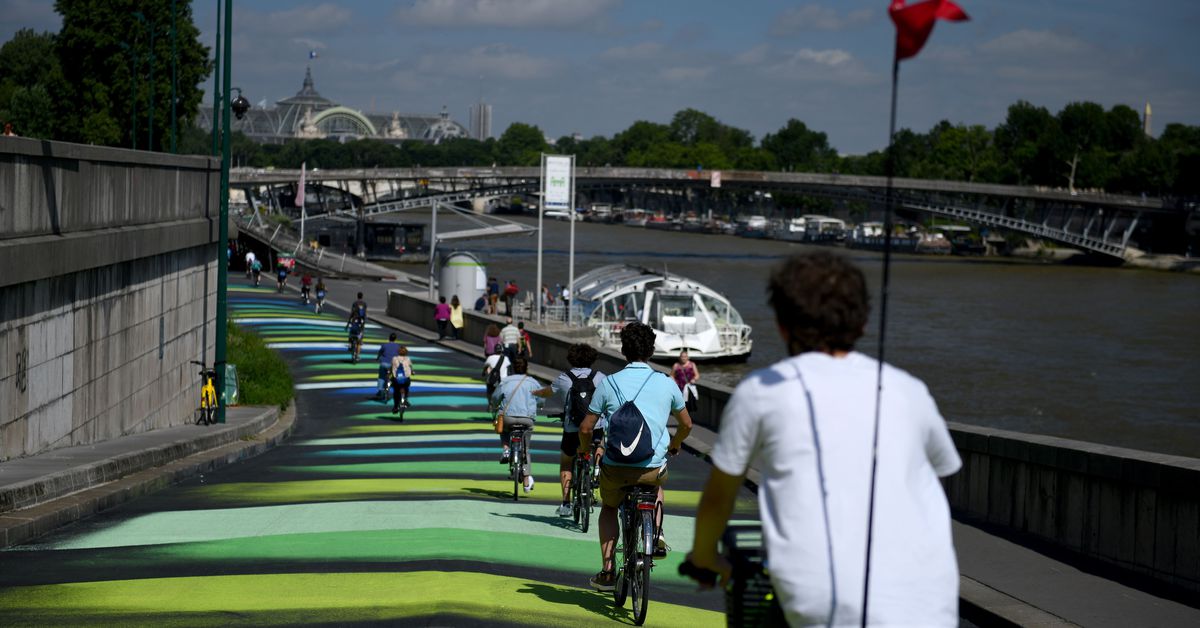jje1000
Senior Member
I think this needs to be broken down into more gradual and tangible goals, as it's difficult to fix bad urban planning- and anything with a cul-de-sac will be very hard to fix. On top of that, there will need to be a consideration of the GTA's continued sprawl (even harder to stop) and the impact of those cars piling onto the roads.For the record, I’m a frequent car driver, and yet I strongly advocate for the rapid dismantling of auto-focused infrastructure in order to be replaced with pedestrian, cyclist and transit oriented projects.
That being said, I think that there's a lot that can be done within Toronto's boundaries- the first steps should involve getting the lowest-hanging, and fastest-implemented goals that involve rearranging what's already in place without significant changes to hard infrastructure- bus priority lanes in the suburbs, pedestrianization of some downtown streets, signal optimization of the current surface networks, and a push towards a majority of the downtown neighborhoods (possibly bounded by Dupont to the North, the Don River to the east, and the rail corridor to the West) utilizing biking (via better infrastructure & eliminating parking spaces) as their primary methods of commuting and travel.
Later steps must involve a loosening and reorganization of the current planning regime, in order to promote ground-up urban use patterns, and small-scale developer-owner intensification which has been stigmied over the last 50 years. IMO, if you loosen the regulations governing the older Yellow Zone suburbs, many areas will naturally densify into missing-middle development, and we might even see the reemergence of local retail.
Finally, large-scale transit-oriented development planning and transit expansion will take time, as is fixing the post-war suburban developments- possibly decades - and will probably still involve a mixture of car-and-transit infrastructures. I don't think the car will ever disappear from a significant portion of the GTA's commute, but there's a lot that can be done to reduce its share.
Last edited:







